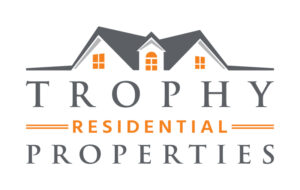As a home buyer, you know that you have to pay costs at closing, such as origination fees, homeowners insurance, and the down payment. But when you look at your statement, you notice other costs not associated with closing.
These extra costs are what are known as prepaid items, or prepaid expenses, and are a completely normal part of the purchasing process.
 Know How To Identify Prepaid Items On Your Disclosures
Know How To Identify Prepaid Items On Your Disclosures
When reviewing your loan estimate and closing disclosure, you may not see prepaid items listed as such. Instead, they may be marked as “Items Required by Lender to be Paid in Advance,” “Reserves Deposited by Lender,” or other such languages.
Identifying these costs on your disclosures will help you shop for a mortgage with lower rates through comparing different mortgages. Finding the right mortgage for you will go a long way in helping you stay within budget and manage your expectations.
Prepaid Items Are Not Closing Costs
Prepaid items are not closing costs in that they are related to the property itself, rather than the cost of borrowing for a mortgage. Prepaid items include:
- Real estate taxes
- Mortgage interest
- Hazard insurance premiums
- Mortgage insurance premiums
Knowing what items to pay in advance will allow you to save up enough money to continue with the purchase of the home. Remember, you have other fees in addition to closing costs, such as home inspections.
Prepaid Items Are Paid In Advance Of Closing Costs
Prepaid items are also paid in advance of closing costs, and you may have to continue to pay these costs as long as you own the home. Items paid in advance as prepaid items help fund the escrow account that will pay for expenses after the house is purchased.
Your escrow account will help ensure that payments like property taxes and home insurance payments are made on time.


